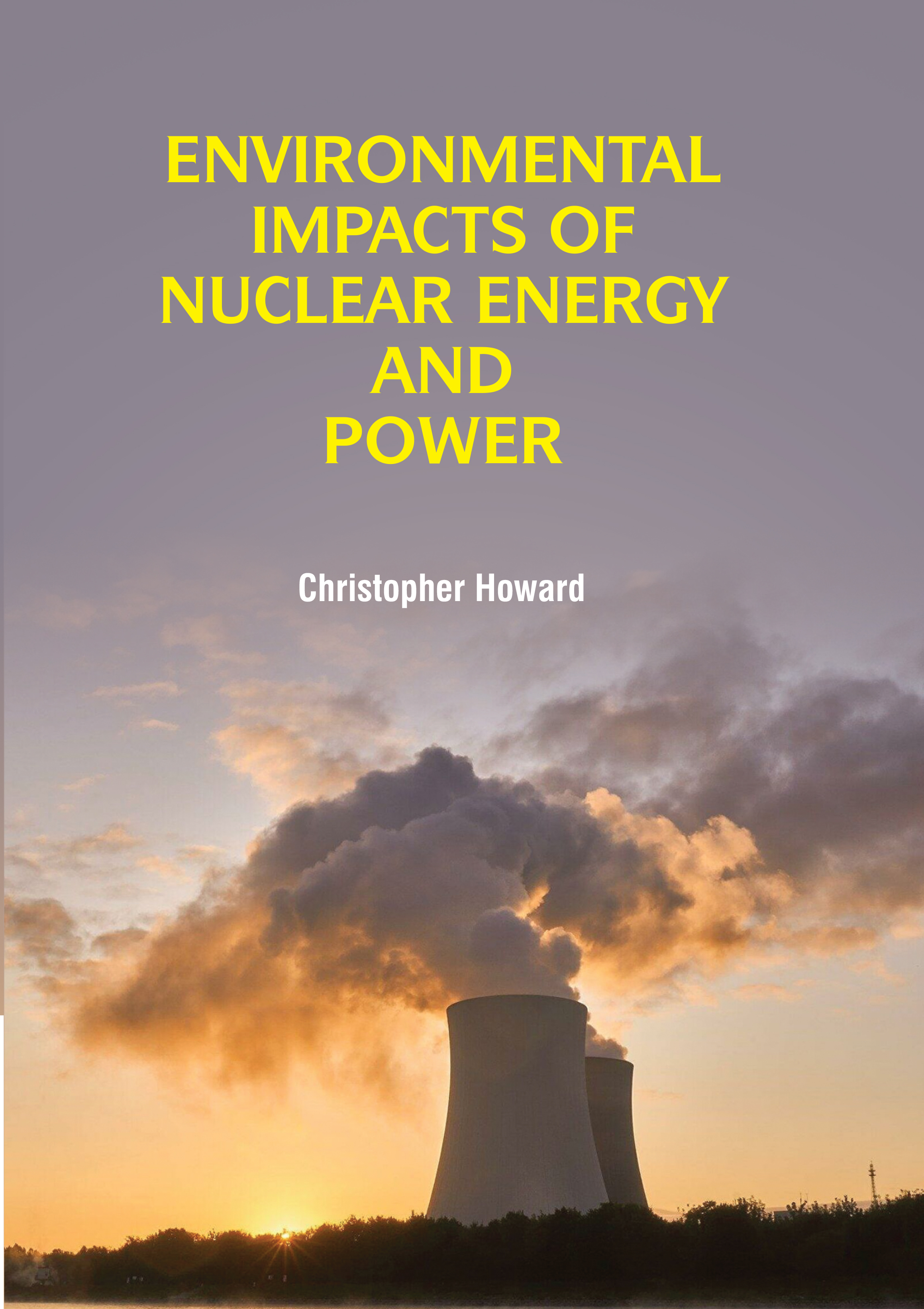
Environmental Impacts of Nuclear Energy and Power
by Christopher Howard
| ISBN | 9789372427158 |
|---|---|
| Publisher | Digital Drive Learning |
| Copyright Year | 2026 |
| Price | $271.00 |

by Christopher Howard
| ISBN | 9789372427158 |
|---|---|
| Publisher | Digital Drive Learning |
| Copyright Year | 2026 |
| Price | $271.00 |
The main environmental impact of nuclear power is related to building the plant, fuel procurement and the thermal load of cooling water discharged into the sea during operation. Of these three things, the most significant environmental concern is the thermal load on the sea caused by the cooling water. A major environmental concern related to nuclear power is the creation of radioactive wastes such as uranium mill tailings, spent (used) reactor fuel, and other radioactive wastes. These materials can remain radioactive and dangerous to human health for thousands of years. Radioactive wastes are subject to special regulations that govern their handling, transportation, storage, and disposal to protect human health and the environment. The most pressing environmental issue when it comes to nuclear power is the waste it produces. There are a few types of radioactive material produced throughout the lifecycle of a nuclear power plant, most notably uranium mill tailings and used reactor fuel. If these aren’t handled and disposed of carefully, they pose many human and environmental health consequences. The nuclear power generation constitutes the intermediate phase between the front- and back-ends of the nuclear fuel cycle. There are in this intermediate phase routine releases of radionuclides to the surrounding environment in liquid and gaseous forms. Apart from the students and research scholars of chemistry the book will be of interest to all those who are interested in the study of environment, pollution, environmental education and allied fields.